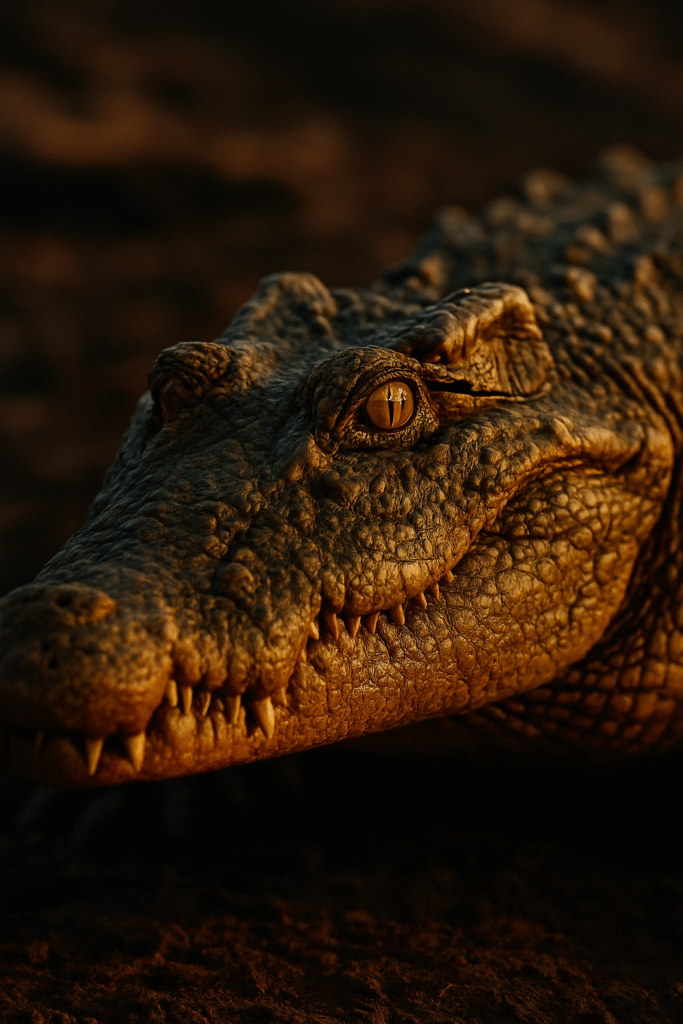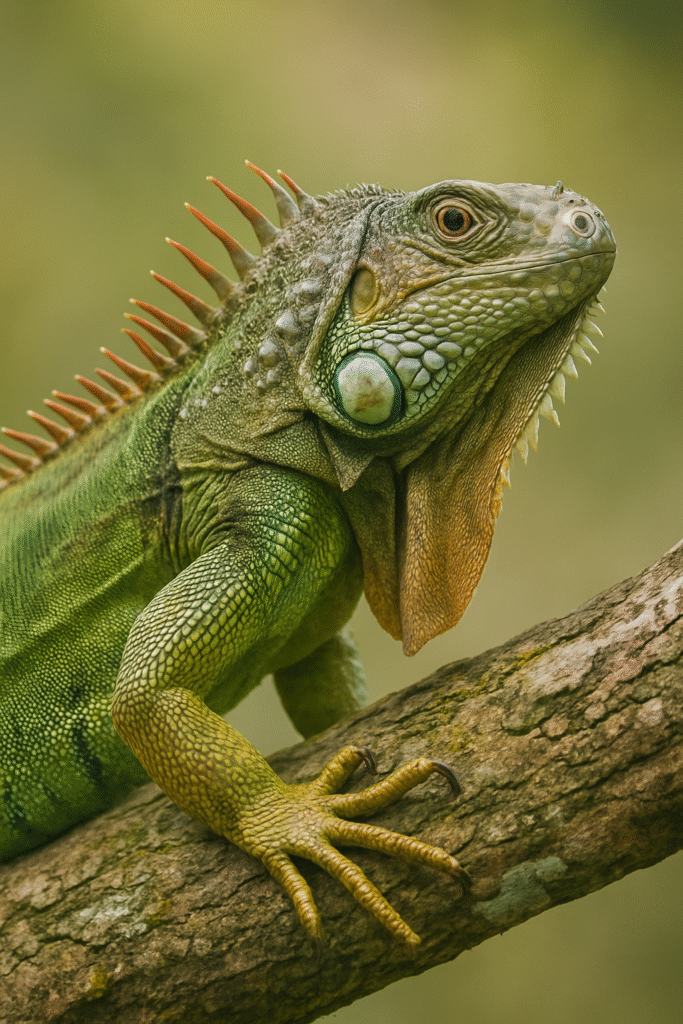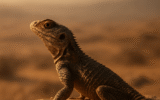When we speak of reptiles, we invoke not just a class of animals but a lineage that stretches back more than 300 million years, a living testament to endurance through cataclysms that have reshaped Earth itself. Reptiles walked alongside the first forests, shared dominion with the dinosaurs, and survived the fiery impact that ended an age. Today, they inhabit deserts, forests, oceans, and rivers—each scale and motion a fragment of a story written in deep time.

Anatomy of Adaptation
Reptiles are defined not by size or habitat but by their adaptations. The most iconic feature is their scaly skin—a keratin armor that resists desiccation and allows survival in hostile climates. From the smooth, glass-like scales of snakes to the armored osteoderms of crocodiles, their skin is both protection and identity.
Unlike amphibians, reptiles reproduce through amniotic eggs, a revolutionary adaptation that liberated life from water. Their eggs, encased in leathery or calcareous shells, are miniature fortresses, allowing reptiles to colonize deserts and forests far from rivers or ponds.
Reptilian physiology is built for efficiency. Cold-blooded yet resilient, they thrive with minimal energy. A crocodile can survive months without feeding; a snake may wait a year for the next hunt. Energy conservation is their hidden genius, one that outmatches many warm-blooded species.
Giants, Dwarfs, and Oddities
Reptiles embody extremes. At one end stands the Komodo dragon, a monitor lizard whose venom-laced bite brings down deer and water buffalo. At the other, the Brookesia nana chameleon of Madagascar, barely longer than a paperclip, navigates leaf litter with the same evolutionary prowess.
Between them stretch endless variations: sea turtles crossing oceans guided by magnetic fields, snakes evolving to swim, burrow, climb, and even glide, and tuataras of New Zealand—relicts of an ancient order, their “third eye” still faintly visible atop the skull.
Reptiles as Apex Survivors
Though often overshadowed by mammals and birds, reptiles are master strategists of survival. Consider the crocodile, a design so perfect that it has barely changed in 200 million years. Camouflaged jaws, armored skin, and a sensory system that detects the faintest vibration in water make it one of the most efficient predators ever born.
Snakes revolutionized predation: the hinged jaw enabling them to consume prey larger than themselves; venom evolving multiple times across lineages, transforming them into chemists of the hunt. Lizards, in turn, experimented with regeneration—tails shed as decoys only to grow anew, a sacrifice for survival.
Reptiles in Culture and Myth
Reptiles have haunted and inspired the human imagination since the earliest myths. The serpent appears as both tempter and healer: from the serpent of Eden to the staff of Asclepius, symbol of medicine. In Mesoamerican lore, Quetzalcoatl, the feathered serpent, embodies creation and wisdom. Crocodiles were revered as deities in ancient Egypt, where Sobek, the crocodile-headed god, represented fertility and military power.

To fear reptiles is to misunderstand them. Where myths saw demons, science reveals strategies for endurance. Where stories feared their silence, biology uncovers lessons of patience and persistence.
Conservation and Crisis
Despite their resilience across epochs, reptiles today face crises they cannot withstand alone. Habitat destruction, illegal wildlife trade, and climate change threaten thousands of species. Sea turtles lose nesting beaches to rising seas. Crocodilians are hunted for leather. Snakes and lizards, often vilified, are killed in numbers far beyond ecological balance.
According to the IUCN Red List, more than 21% of all reptile species are now threatened with extinction. This silent decline matters, for reptiles are not peripheral—they are keystone species. They regulate rodent populations, recycle nutrients, and form integral links in food chains across ecosystems.
Philosophy of the Scale
The story of reptiles is not merely biological—it is philosophical. They remind us that survival does not demand speed, beauty, or complexity. It demands adaptability. Their patience is measured in centuries; their strategies written in scales. A tortoise may outlive empires. A snake may lie coiled for months, waiting for opportunity. A crocodile, older than pyramids, glides unchanged through millennia.

To encounter a reptile is to stand before time itself. They are living monuments to endurance, each species a reminder that survival often belongs not to the cleverest or strongest, but to the most adaptable.
Conclusion
Reptiles endure where many perish, carrying with them whispers of an Earth long vanished. They are guardians of ancient design, survivors of fire, flood, and extinction. Yet now, in the Anthropocene, their fate rests not in their adaptations but in our hands.
If we fail them, we sever one of the oldest threads of life’s tapestry. But if we protect them, we align ourselves with an ancient lineage that has weathered everything—except us.
The legacy of reptiles is resilience. Whether that legacy continues is our choice.


Reply